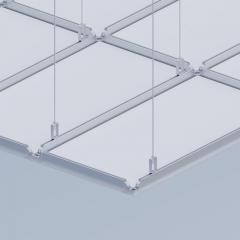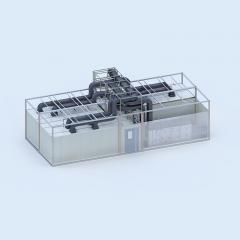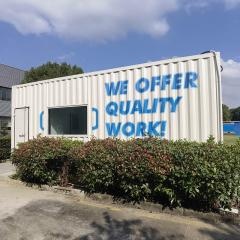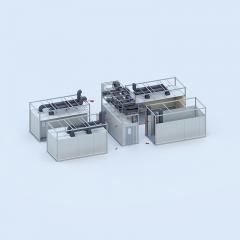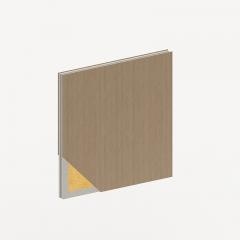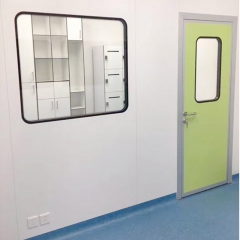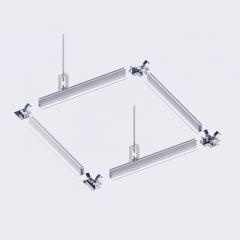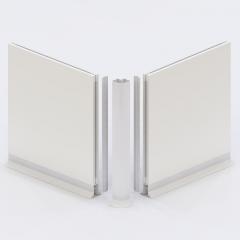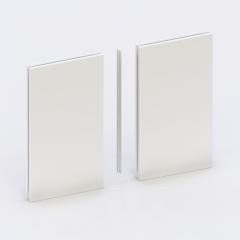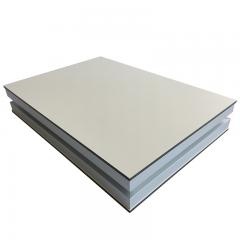The cleanliness of a clean room is often affected by airflow. In other words, the movement and diffusion of dust produced by people, machine compartments, and building structures are dominated by airflow.
The clean room uses HEPA and ULPA to filter the air, and its dust collection rate is as much as 99.97~99.99995%, so the air filtered by this filter can be said to be very clean. However, in addition to people, there are sources of dust in the clean room, such as machines. Once the generated dust spreads, the clean space cannot be maintained. Therefore, airflow must be used to quickly discharge the generated dust outside.
Wind speed control
The airflow in the clean room is an important factor affecting the performance of the clean room. Generally, the airflow speed of the clean room is selected between 0.25~0.5m/s. This airflow speed belongs to the breeze area, which is susceptible to interference by people, machines, etc. and tends to be chaotic. , Although increasing the wind speed can suppress the influence of this disturbance and maintain cleanliness, the increase in wind speed will affect the increase in operating costs. Therefore, it should be able to supply at the most appropriate wind speed when the required cleanliness level is met. Achieve appropriate wind speed supply to achieve economic results.
On the other hand, in order to achieve a stable effect of clean room cleanliness, the maintenance of uniform airflow is also an important factor. If uniform airflow cannot be maintained, it means that the wind speed is different. Especially on the wall, the airflow will generate vortex along the wall. Achieving high cleanliness is actually very difficult.
To maintain a uniform air flow in the vertical laminar flow direction, it must be:
(A) There must be no difference in speed in the wind speed on the blowing surface;
(B) There should be no difference in the wind speed on the suction surface of the floor return air plate. If the speed is too low or too high (0.2m/s, 0.7m/s), there will be eddy currents. At a speed of 0.5m/s, the airflow is more uniform. Generally, the wind speed of a clean room is 0.25~0.5m. /s between.
Influencing factors
There are many airflow factors that affect the clean room, such as process equipment, personnel,clean room assembly materials, lighting appliances, etc. At the same time, the diversion point of the airflow above the production equipment should also be considered.
Generally, the air flow diversion point on the surface of the operating table or production equipment should be located at the distance between the clean room space and the clean room partition wall 2/3, so that the air flow can flow from the inside of the process area to the work area when the operator is working. The dust is taken away; if the diversion point is placed in front of the process area, it will become an improper air flow diversion. At this time, most of the air flow will flow to the process area, and the dust caused by the operator's operation will be taken to the back of the equipment. As a result, Taiwan will be contaminated and the yield rate will inevitably decrease.
Obstacles such as work tables in the clean room will have eddy currents at the junctions, and the cleanliness near them will be relatively poor. Drilling return air holes on the work table will minimize the eddy currents; assembly Whether the selection of materials is appropriate and the equipment layout is perfect are also important factors for whether the airflow becomes a vortex phenomenon.
